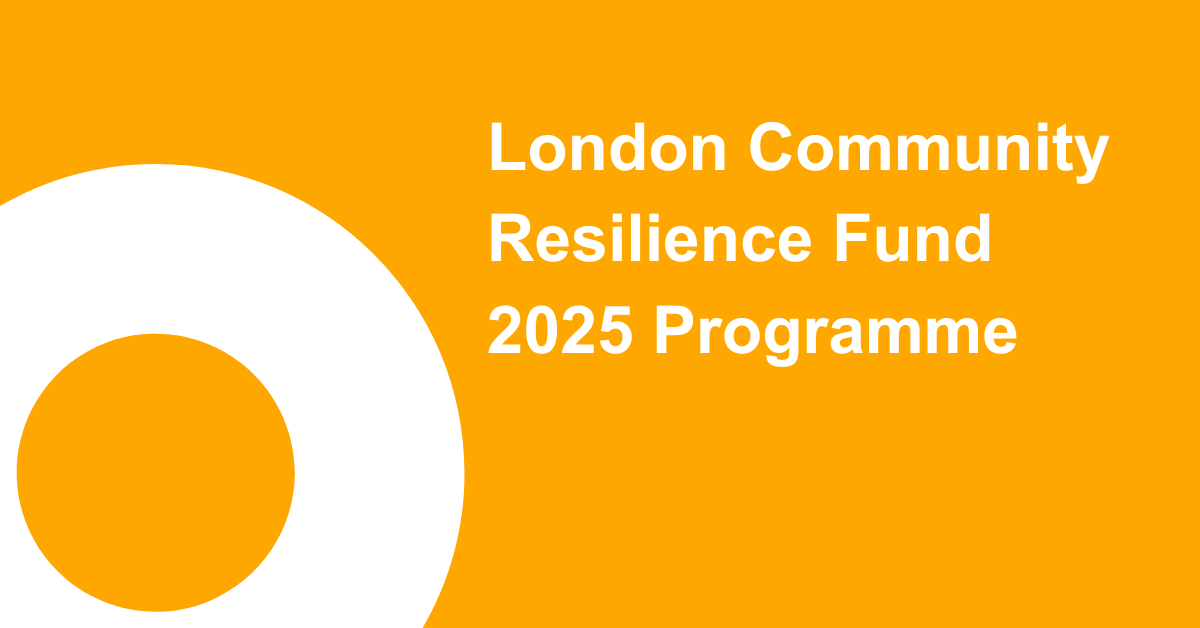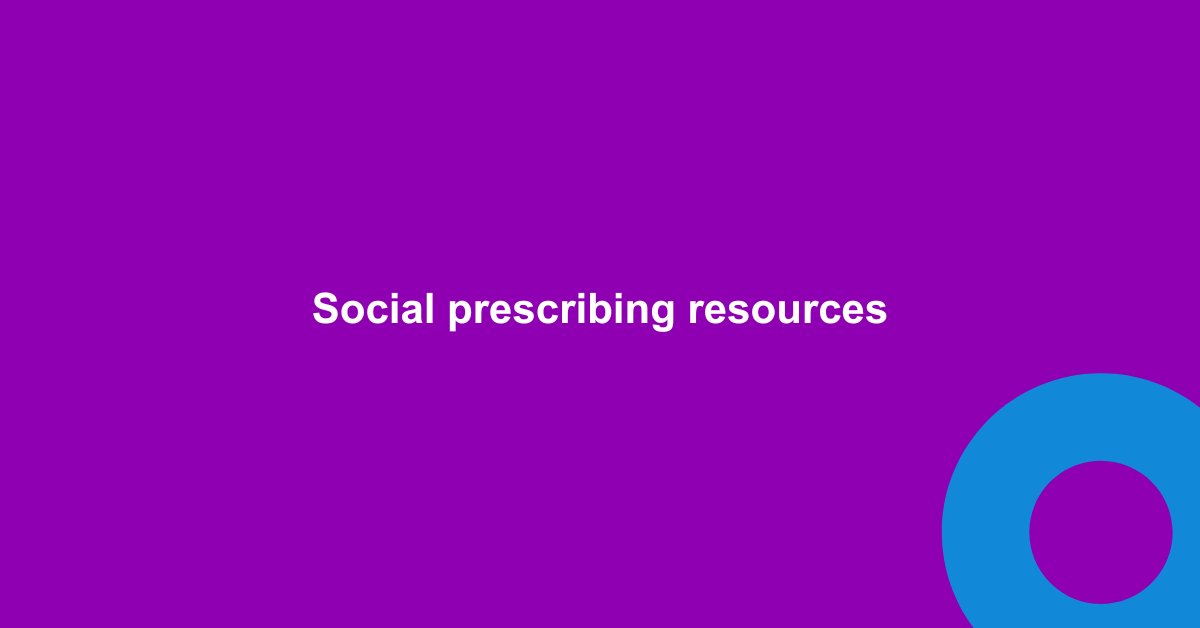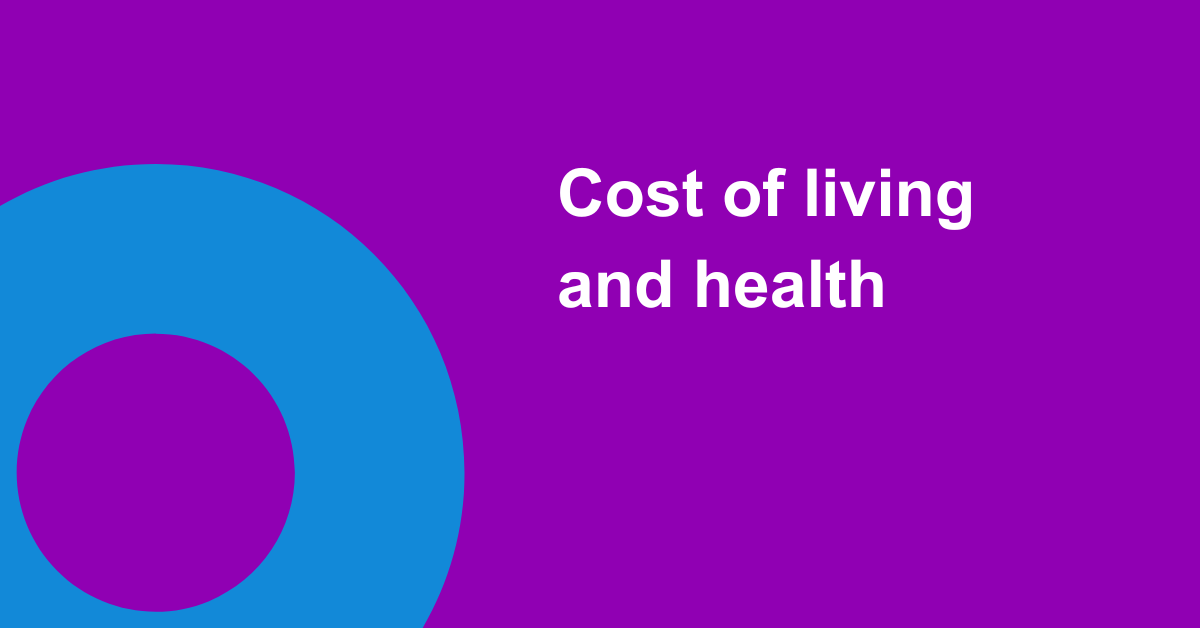Below is our third blog in our food insecurity blog series. This time, we’re taking a closer look at the data around food banks in London. Our first blog covered food poverty and how we can support people with insecure access to healthy food. The second looked at the rise in the use of food banks, and the potential challenges to accessing them. This blog explores accessibility further, including the location of food banks across London and their opening hours.
Whilst food bank use should not be normalised, they help to meet the urgent needs of those in food poverty. Additionally, many provide access to other services that can help users get out of food poverty long-term. To help increase food security, food banks should be as accessible as possible to potential users.
How many food banks are there in London?
It is difficult to capture the number of food banks that exist in London. Many food banks operate as small-scale community projects. Therefore, they are often not connected to other networks or have a clear online presence. When researching, we aimed to count the food banks in all 32 London boroughs as accurately as possible. We examined lists of food banks on websites including the Trussell Trust, the Independent Food Aid Network and GiveFood. Additionally, we looked at council websites to search for any signposted food banks.
Through online searching, we recorded each listed food bank’s name, location and opening times. Additionally, we checked whether they required users to be referred by an agency. We excluded food banks that did not appear to be currently active. Neither did we count community kitchens or subsidised food stores. Where multiple food banks are served by one warehouse, we have counted each distributing food bank separately.
Our data is limited to what is publicly available online. Therefore, some information is missing, and it is unlikely that our list of active London food banks is complete. Using the search methods outlined above, we counted 301 food banks across Greater London.
Where are the food banks?
We found food banks in every London borough, although the number of food banks in a borough varied considerably. Below is a heat map showing the food banks across London. The darker coloured boroughs have a higher density of food banks. Yellow dots represent the approximate geographical location of food banks.
[Click the image above to enlarge the map] Many Londoners have decent access to food banks in their local area. However, Outer London has a lower density of food banks.The heat map shows that some of the outer London boroughs have a relatively low density of food banks. However, all Londoners have access to a food bank in their local area. Future research could calculate average distances to food banks and quantify the presence of food bank “deserts” in London. This is important, as greater distance can challenge those with potential mobility issues or financial difficulties to visit food banks.
Are they in the right location?
Another consideration is whether the number of local food banks is proportional to the number of residents that may need them. We have used the proportion of people in a borough on universal credit (Government statistics, Feb 2022) as a broad indicator of poverty, and graphed this against the number of food banks in each borough. This can help us evaluate if the provision matched potential needs.
The correlation between these two variables was relatively low (0.35). This suggests that the number of food banks operating in a borough is not necessarily in line with the number of people who may need them. The scatter graph below shows the distribution of boroughs. Some, e.g. Croydon, have a relatively large number of food banks in line with a large proportion of universal credit recipients. However, other boroughs, e.g. Tower Hamlets, may benefit from more food banks, given their larger proportion of residents in potential food poverty.
[Click the image to enlarge the scatter graph] Boroughs like Barking and Dagenham, Tower Hamlets and Enfield have high proportions of residents on universal credit. However, they have some of the lowest numbers of food banks.
It’s worth noting that there are nuances that the two variables above do not capture. As discussed in our first blog, there are a rising number of households with working members who face food insecurity. Additionally, some people in poverty are not able to access benefits.
For example, Westminster has a relatively low proportion of people on universal credit and a fewer number of food banks. However, Westminster has 10 times the number of rough sleepers than the London borough average, who we would expect to be in food poverty. Therefore, creating additional local food banks in the borough could support the homeless community. Potentially, this could operate alongside community kitchens serving pre-prepared meals to those without the means to prepare food.
How accessible are food banks?
In one of our previous blogs in the series, we referenced research that showed practical access to food banks could impact people’s ability to use them. Food banks are not typically open for many hours a week as they rely on volunteers for staffing. Therefore, people with jobs or caring responsibilities may have little access if local food banks are closed at convenient hours. The graph below illustrates the number of food banks open across London at different times and days. Overall, food banks are mostly open on weekdays between 10am and 3pm; far fewer are open on weekends and evenings.
[Click the image to enlarge the line graph] As seen above, the majority of food banks in London are not open before 9am, after 6pm, or on Sundays.
When accessing food banks, they often require agency referrals. This is a result of food banks’ intent to offer short-term, emergency support. Referrals help food banks spot frequent users that might need additional support to become more financially stable. However, it adds an extra step to visitors gaining access to food, and may feel stigmatising to some. We found that in London, 73% of food banks required an agency’s referral for visitors to use their services. This significantly limits options for urgent access to food.
Borough summaries
The table below summarises our data about accessibility by borough. We’ve also given each borough an accessibility score to help compare accessibility across boroughs. Additionally, boroughs have higher scores if they are open on weekends, evenings, and across the week. Boroughs with higher numbers of food banks and proportions of self-referral food banks also gain more points.
[table id=2 /]Looking at this data, we found that there seem to be considerable differences between food bank provisions across boroughs. Some boroughs have less availability in their overall opening hours. Others have few to no food banks that visitors can access without a referral. This makes it potentially difficult to access emergency support.
How do we improve emergency food aid across London?
Coordination is critical
To conclude, it is vital that food banks coordinate their response. Food banks and councils can work together to ensure good accessibility across their borough. Generally, council websites are valuable resource hubs for residents. Providing clear and up-to-date signposting could ensure the visibility of food banks, particularly those without a strong online presence. A good example is the Haringey Council website, which has a page explaining what food banks are and how to use them, as well as a map that shows local food banks, community kitchens and related support, making it easy for people to find services near them that meet their needs.
Food banks in each area could coordinate with one another. This could help to maximise the number of hours and days they are collectively open for food parcel collections. For example, Trussell Trust foodbanks often co-ordinate distribution centres in a local area, such as Wandsworth) so that they are open on different days of the week.
Co-ordination could also help to manage supply and demand for parcels across distribution points. This would enable the redistribution of food to where it is most needed and gather better insight into local needs. There are examples of good practice like this in London. For example, the Barnet Food Hub supports local food banks by centralising food distribution and improving the quality of data collected about foodbank use in the borough.
More…
See our first blog covering food poverty and what can be done to support people with insecure access to healthy food.
Read our second blog looking at the rise in the use of food banks in London and the potential challenges to accessing them.
If you would like to help with this growing issue, head to the London’s Lifelines Food Aid Volunteering page.
Got anything you would like to share? Contact us at info@londonplus.org with any feedback or questions.













